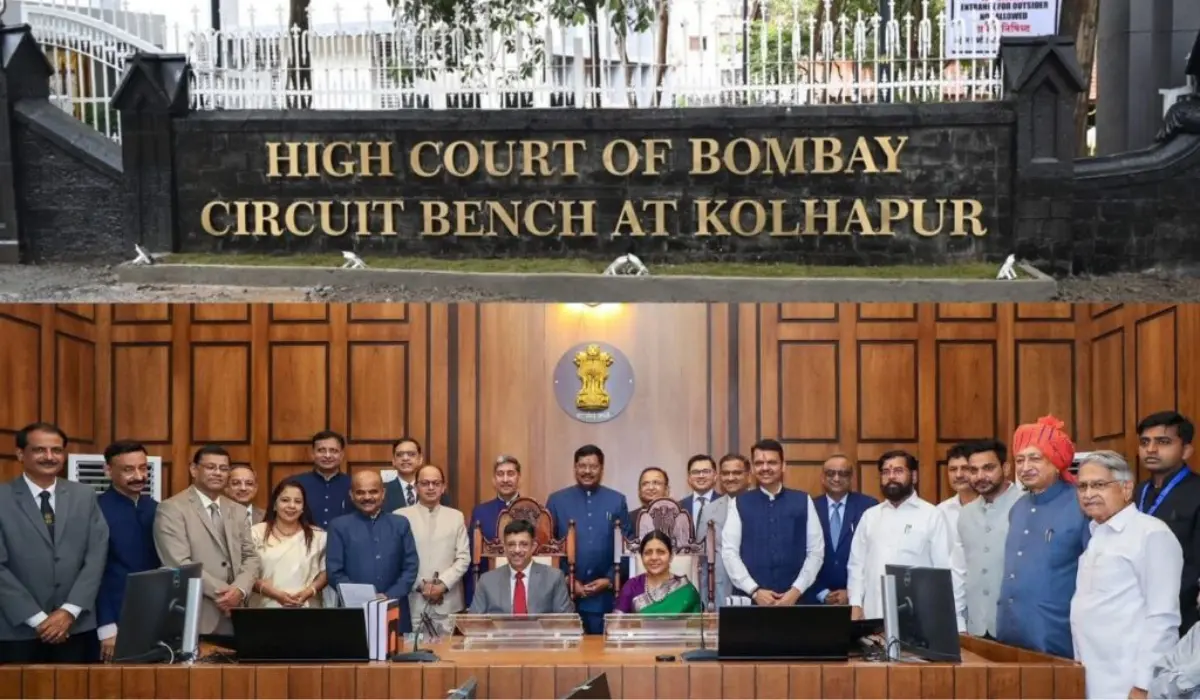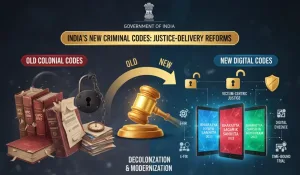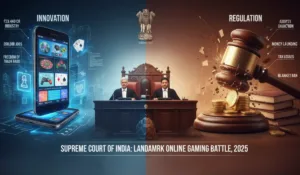New High Court Circuit Bench in Kolhapur
Executive Summary
The inauguration of the Bombay High Court’s circuit bench in Kolhapur is a landmark step for judicial access in western Maharashtra and neighboring states. Residents of six districts now benefit from local hearings, eliminating the need to travel hundreds of kilometers to Mumbai. This shift drastically reduces both financial and logistical burdens for litigants, especially from marginalized and rural backgrounds. Over 85,000 briefs are expected to be handled locally, boosting professional opportunities for regional lawyers and legal staff. The bench, blending heritage and modern infrastructure, sets a precedent for future regional judicial reforms in India. By bringing justice closer to the people, the Kolhapur bench embodies constitutional values, drives local development, and increases public trust in the legal system. This initiative stands as a beacon for accessible, equitable, and people-centric justice across the nation.
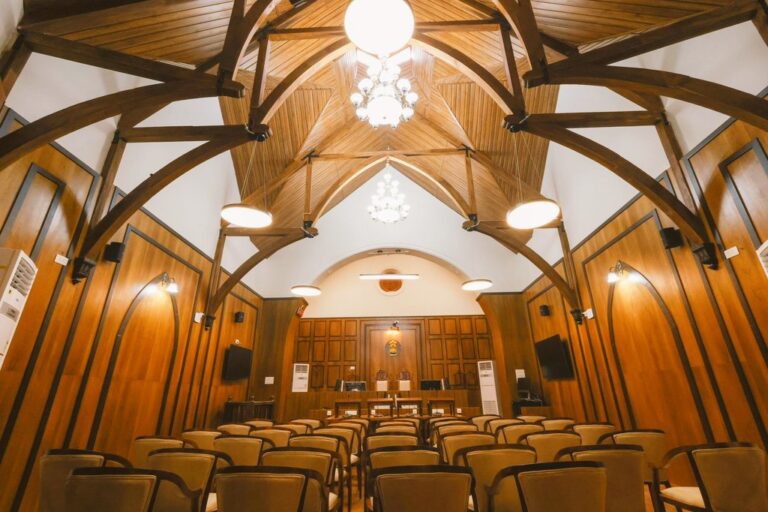
Bombay High Court Circuit Bench at Kolhapur
Breaking Down Geographic Barriers to Justice
Eliminating the 380-Kilometer Journey
For decades, residents of six districts—Kolhapur, Satara, Sangli, Solapur, Ratnagiri, and Sindhudurg—were compelled to travel approximately 380 kilometers to Mumbai for high court proceedings. This massive geographic barrier created insurmountable challenges for ordinary citizens seeking justice. The new bench transforms this reality by bringing the court directly to their doorstep.
The circuit bench will operate with one division bench comprising Justices MS Karnik and Sharmila Deshmukh, and two single benches presided over by Justices Shivkumar Dige and SG Chapalgaonkar. The division bench will handle public interest litigation petitions, civil writs, appeals, and criminal cases, while the single benches will separately manage criminal and civil matters.
Serving Cross-Border Communities
Chief Justice Gavai emphasized that this initiative extends beyond Maharashtra’s borders, specifically mentioning the thousands of litigants from Karnataka and Goa who previously faced the burden of traveling to Mumbai.
Economic Relief for Rural and Semi-Urban Populations
Massive Cost Savings for Litigants
Research conducted by Daksh, a civil society organization, reveals the staggering economic burden litigation places on rural populations. Civil litigants spend an average of ₹497 per day to attend court and lose ₹844 per day in wages, totaling ₹1,341 for each court appearance. For criminal cases, these costs rise to ₹1,444 per day. Given that 90% of litigants earn less than ₹3 lakh annually, these expenses represent a significant portion of their income.
The Kolhapur bench eliminates most of these travel-related expenses for the six districts under its jurisdiction.
Strengthening Local Legal Ecosystem
Professional Development and Opportunities
The new bench creates significant opportunities for local legal professionals. Approximately 85,000 briefs are expected to be transferred to the Kolhapur bench, fundamentally reshaping the legal landscape of western Maharashtra. This transfer will enable local lawyers to build stronger practices while providing more personalized attention to clients who previously had to navigate the complexities of Mumbai’s legal system.
Infrastructure Development
The establishment required substantial infrastructure development, including the renovation of the historic court building that once served as the high court of the erstwhile princely state of Kolhapur. The Maharashtra government has also committed to providing 9 hectares and 18 acres of land at Shenda Park for constructing a new permanent building for the circuit bench.
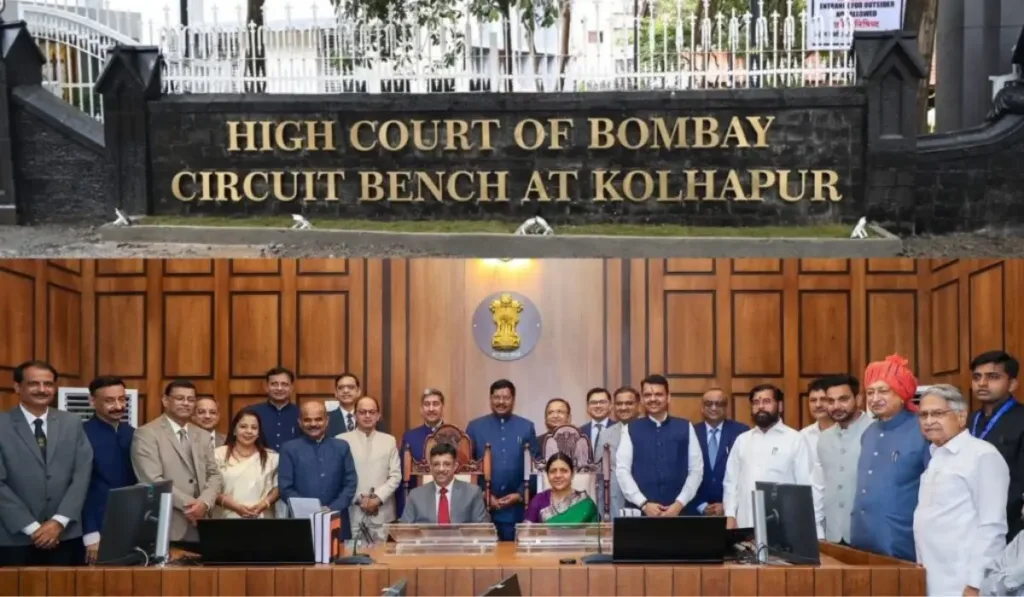
Social Justice and Constitutional Values
Upholding Dr. Ambedkar's Vision
Chief Justice Gavai connected the establishment of the Kolhapur bench to the constitutional vision of Dr. BR Ambedkar, noting the historical connection between Ambedkar and Chhatrapati Shahuji Maharaj, the progressive ruler of Kolhapur. This connection reinforces how the bench serves not just as a judicial facility but as an instrument of social justice and constitutional values.
Empowering Marginalized Communities
The bench particularly benefits marginalized communities in rural areas who previously faced multiple barriers to accessing justice. These barriers included not only geographic distance but also cultural stigma, lack of awareness about legal rights, and inadequate resources to pursue lengthy court battles.
Technology Integration and Modern Justice Delivery
Digital Infrastructure
The new bench incorporates modern technological infrastructure, including provisions for live streaming of court proceedings, digital filings, and virtual hearings. This technological integration ensures that the quality of justice delivery matches that of established urban courts while maintaining accessibility for rural populations.
Addressing the Digital Divide
While embracing technology, the bench also recognizes the digital divide in rural areas. Only 33% of rural India has internet access compared to 67% in urban areas. The physical presence of the court ensures that justice remains accessible even to those without digital literacy or internet connectivity.
Future Prospects and Sustainability
Permanent Status
Chief Justice Gavai has urged the conversion of the circuit bench into a permanent division bench, noting his remaining tenure provides sufficient time to approve such a proposal. This permanent status would ensure long-term sustainability and continued access to justice for the region.
Conclusion
The establishment of the Kolhapur circuit bench represents more than just administrative convenience—it embodies the constitutional promise that justice should reach every citizen regardless of their geographic location or economic status. By eliminating travel burdens, reducing costs, and bringing legal expertise closer to communities, this initiative transforms the abstract concept of “access to justice” into a tangible reality for millions of people in western Maharashtra and beyond.
As Chief Justice Gavai noted, this development ensures that justice is no longer “a distant dream” but “a living reality” for those who need it most. The bench serves as a powerful reminder that true judicial reform must prioritize people over procedure and accessibility over tradition, creating a more equitable and inclusive justice system for all.


